Most people think templates limit creativity. What if they’re actually what creates space for consistency, faster execution, and real creative flow?
We’ve worked with some of the most brilliant, purpose-driven teams—organizations creating real impact with lean teams, tight timelines, and limited design support.
But even the most thoughtful teams get stuck. Too many requests. Too many versions. Too much time wasted on formatting instead of focus.
Templates solve that. Not as a shortcut, but as a system.
High-performing teams don’t always design from scratch. They build tools that help them communicate clearly, stay on brand, and get work out the door faster.
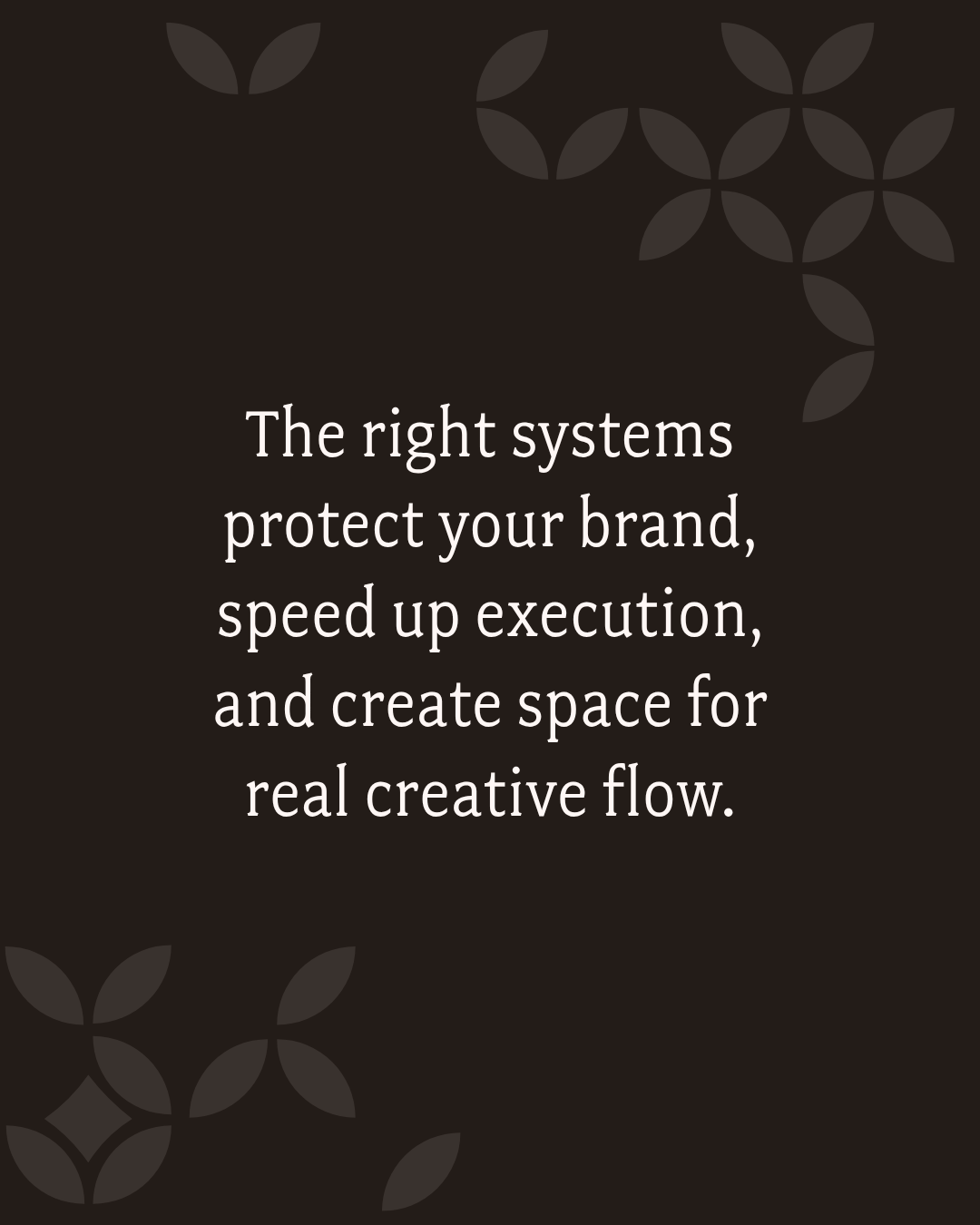
Before Templates: The “Make It Work” Method
Here’s how it usually plays out.
You’ve got a big deliverable due—an annual report, a social campaign, a program one-pager. You start with a blank file (or worse, last year’s not-so-great PDF), pull in a logo, maybe change a font. It works, technically—but it takes hours, and no two versions ever match.
The result? Design that’s inconsistent, hard to reuse, and slow to produce.
The real cost? Burnout, backlogs, and missed opportunities.
Why "We’re Scrappy" Isn’t a Strategy
When systems break down, teams tend to default to:
“We’re small—we just figure it out.”
“It’s easier to do it myself.”
“We’ll fix it when things slow down.”
Except they don’t. And the “just get it done” approach becomes the norm even when it drains your time and dilutes your message.
Without a reusable design system, every deliverable becomes a one-off project. That means more work, more delays, and more risk that your materials feel disjointed or unfinished.
Templates solve that problem at the source.
Templates Aren’t Just for Designers
They’re for the program manager building flyers.
The development lead writing donor updates.
The comms person running social, email, and everything else.
Templates give everyone on your team the tools to create aligned, on-brand materials without waiting for a designer or starting from scratch.
They streamline the process so your team can focus on the message.
And when designed well, they’re flexible enough to work across teams, projects, and programs.
What Changes When Templates Are in Place
When templates become part of your everyday workflow, everything moves faster.
Your team knows where to start. Materials look aligned. Projects hit deadlines without three rounds of last-minute edits.
You hear:
“Wait—we already have something for this?”
“This looks great, and I didn’t even need design help.”
“We finished early.”
Because now, the system is doing the heavy lifting.
The Real Shift: You Don’t Need More Time. You Need Better Tools.
Templates make your communications faster, clearer, and easier to manage.
They protect your brand, reduce back-and-forth, and give your team confidence to create without second-guessing every detail.
They’re not “extras.” They’re the baseline.
If your team is still building every file from scratch, you’re not just slowing things down—you’re making growth harder than it needs to be.
Start With Your Annual Report (Because It’s Coming Either Way)
If you’re looking for a simple, high-impact way to shift how your team works, start with your annual report. It’s one of the most important documents you create, and one of the most time-consuming when there’s no clear structure.
Our Annual Report Template Kits give you a beautifully branded, easy-to-edit Canva framework that helps you build your report faster, with less stress and more polish. Check them out today!
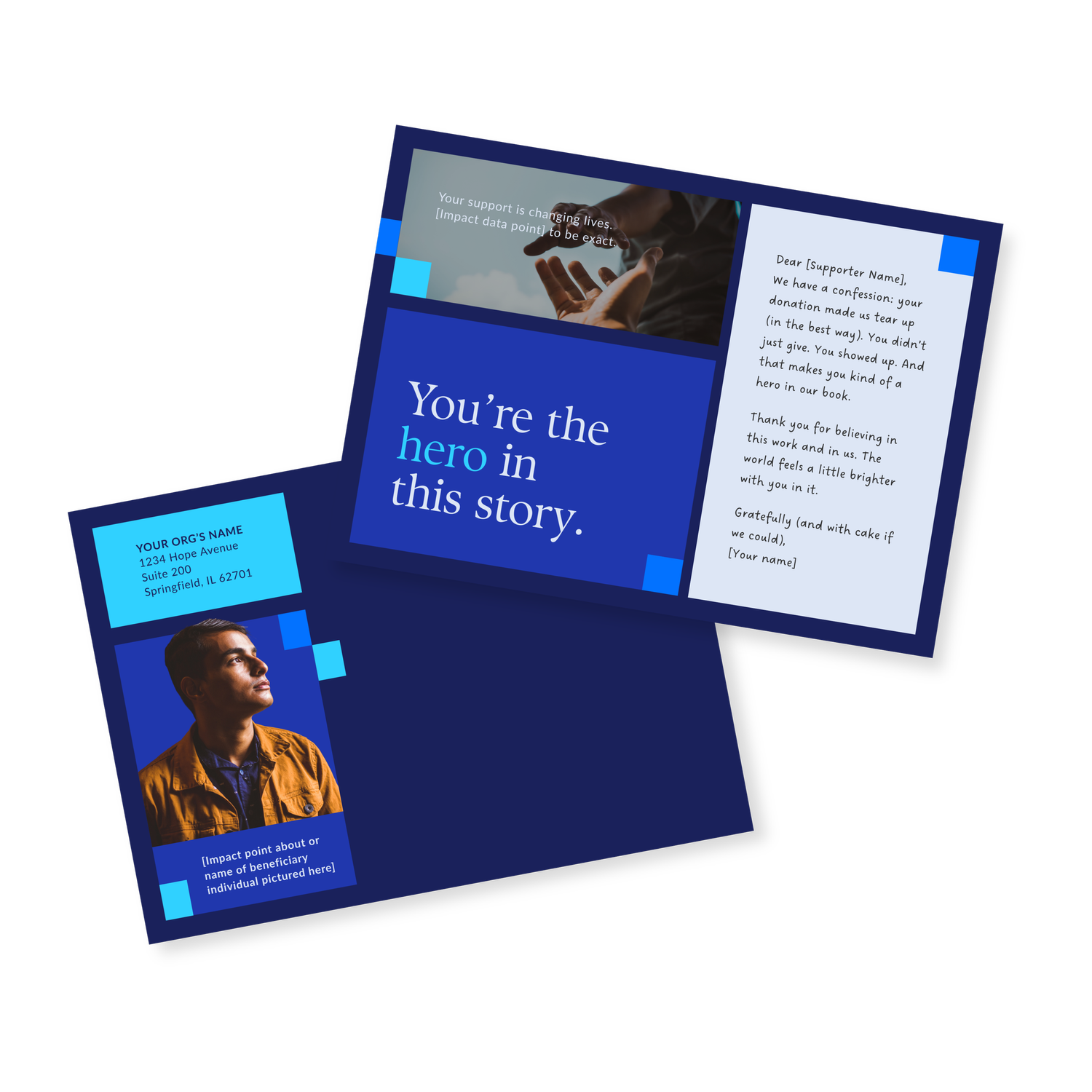



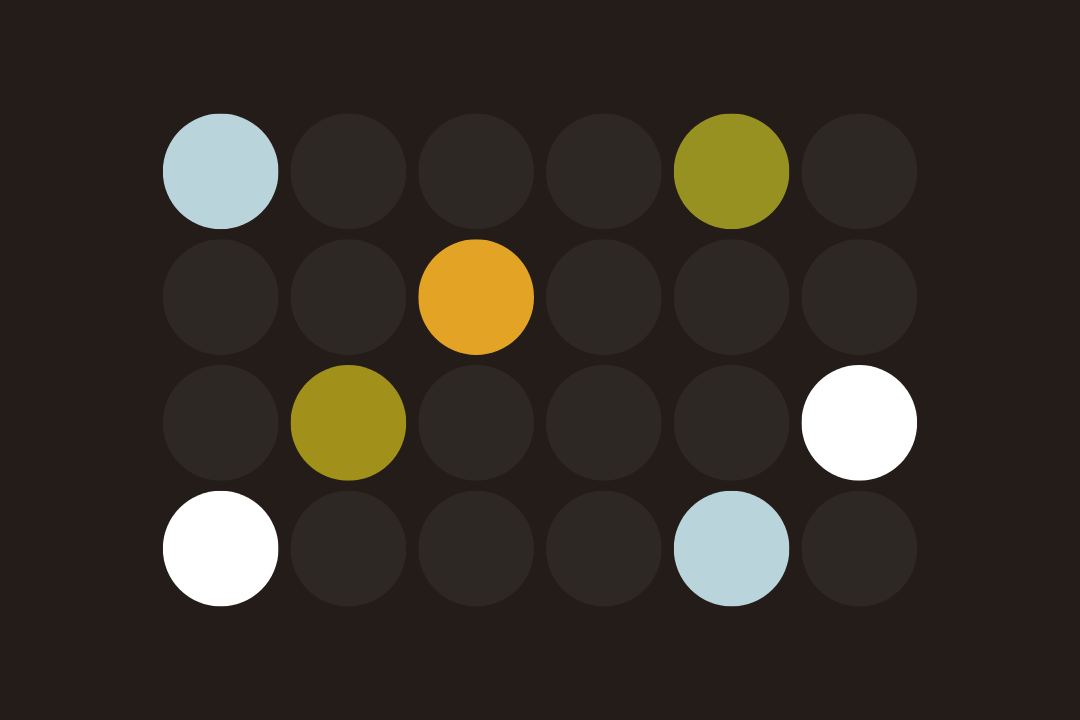
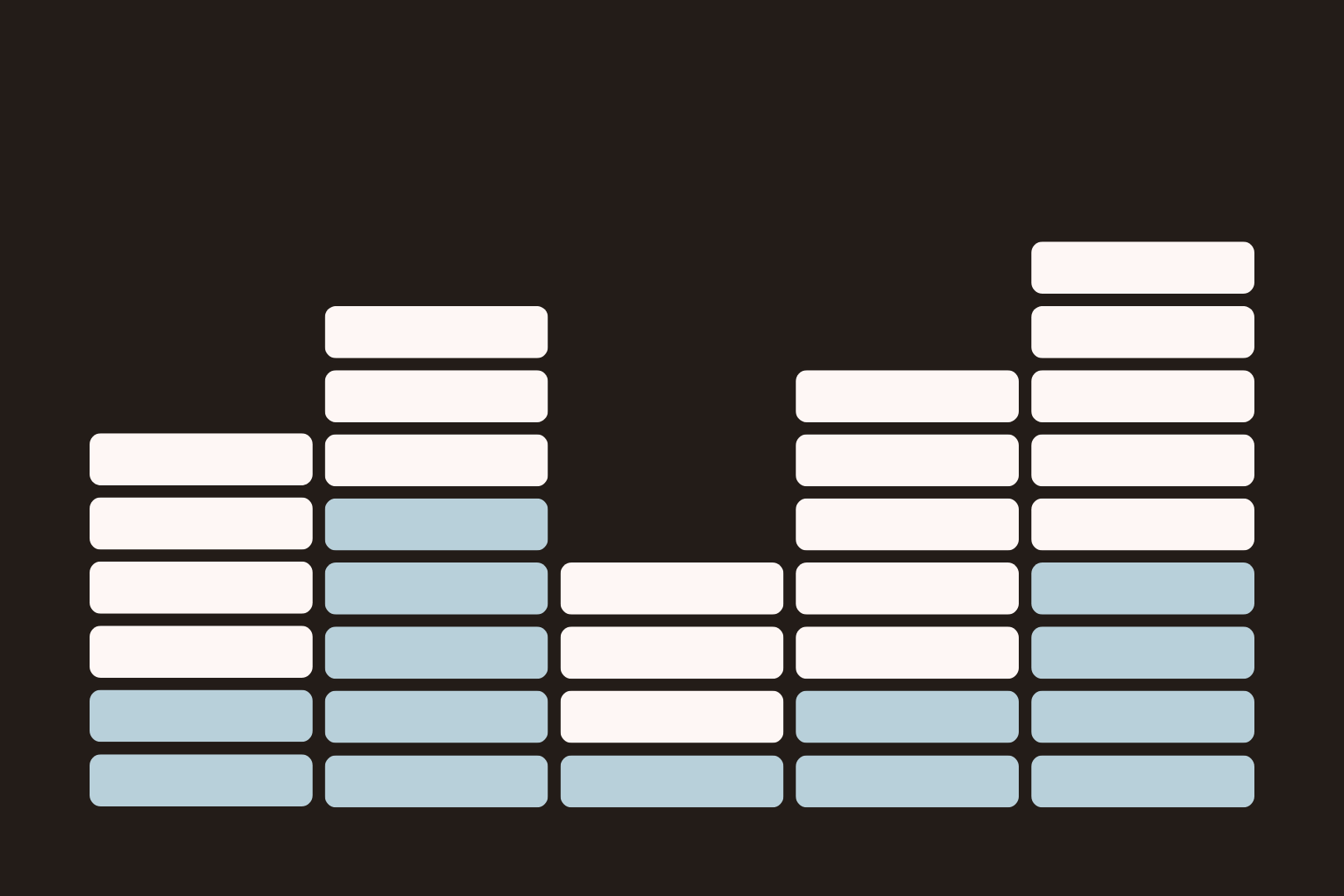
.png)

